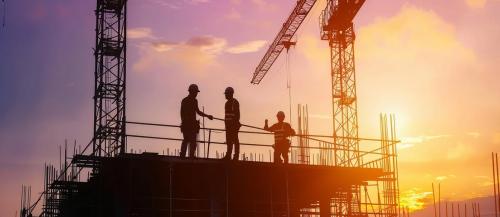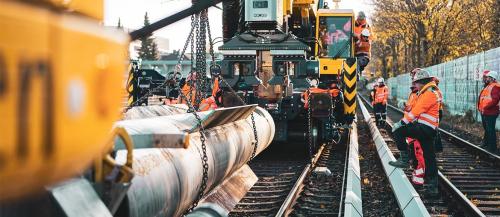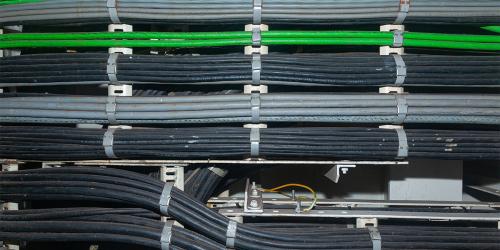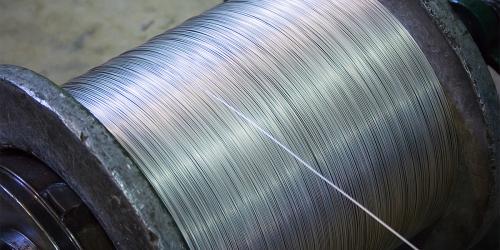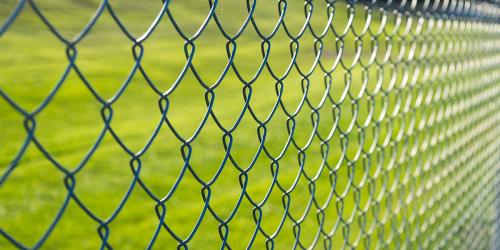Even though, as a whole, the BS Group has specialised in stainless steel for over 23 years, there’s always room to learn more and update our knowledge. We didn’t invent the stuff after all. That was Harry Brearley. How do we know that? Because we’ve just taken part in a stainless steel training course with the BSSA. If you’re looking to broaden your knowledge, or you’re currently studying GCSE Stainless Steel, you’ve come to the right place.
Strap in for some more facts, but first, a word on the BSSA
The British Stainless Steel Association is the trade body that helps promote and develop the manufacture and use of stainless steel in the UK. Where are they based? The ‘Steel City’ of course, Sheffield (apparently Pittsburgh calls themselves the ‘Steel City’, but having never been there, and with no plans of going there, we can’t comment). That makes them pretty much the go-to people for help and guidance on the world of stainless steel.
Why stainless?
Now, there’s a few different reasons people might opt for stainless steel as a material. We obviously know it’s got great corrosion resistance, but have you considered these reasons:
Hygiene – easy to keep clean
Mechanical Properties – great tensile strength, amongst other things
Environmentally Friendly – this is a biggy in 2022
Temperature Capabilities – it can withstand really, really high temperatures (way hotter than Blackpool promenade in July)
Low Maintenance – no need to replace or repair
Easy to Fabricate – diverse and easily forged, that’s why it’s so widely used
Appearance – looks gorgeous in the kitchen
What makes stainless, well, stainless?
Ever heard of Chromium? No, it’s not the internet browser you use. Chromium is actually the element that makes stainless steel, stainless. To qualify as stainless steel, there needs to be at least 10.5% Chromium involved. Don’t ask us why it needs that extra 0.5%. We just think of it as seasoning. Here’s a couple of facts about Chromium:
It increases the melting point of the metal, so don’t worry about your frying pan melting anytime soon.
It forms a passive layer of Chromium Oxide on top of the metal. This is unbelievably thin, think of placing a playing card on top of the Burj Khalifa. That thin.
It’s self-repairing, as long as there’s oxygen around, which thankfully, we’ve got plenty of.
What are the types of Stainless Steel?
There’s 4 main groups of stainless steel, all with their own individual qualities. Fun fact, each one is harder to pronounce than the last:
Austenitic – this one is the most common, and makes up around 70% of the worlds stainless steel. This is the type of stainless steel that comes in grades 304 and 316, so if you buy from us, it’s likely that you’ve got your hands on some Austenitic, corrosion-resistant goodness. These days, the majority of Austenitic Stainless Steel is graded as L, which stands for less carbon. The higher the carbon content, the harder it is to weld.
Ferritic – the second most popular type of Stainless Steel, accounting for around 20% of all Stainless Steel. It’s got reasonable corrosion resistance and can be found in sinks and washing machines. Fun fact, it's also magnetic, due to the iron content. This type can be seen as cheap and cheerful, which is why it can’t be found at BS Fixings. We only deal in the good stuff.
Ferritic-Austenitic (Duplex) – thank god someone came up with the much cooler sounding Duplex. Duplex has great corrosion resistance, and it’s VERY strong. This strength however makes it a lot harder to be welded, so it’s swings and roundabouts really. It’s also slightly magnetic, for those after somewhere else to keep their magnets.
Martensitic – the last type comes in grades 410/420. It’s very strong, and can be very sharp, making it ideal for knives, or other sharp objects. It’s got good wear resistance, but limited corrosion resistance. If you’ve got an outdoor project, or you’re by the sea, probably best to avoid this one.
Go green
We touched on it before, but it’s important to note that Stainless Steel is one of the greener metals available. Stainless Steel can be melted down and recycled, time and time again, into a variety of different products. Think of all the places you see stainless steel used. There are plans to trial the use of Stainless Steel cups at festivals, where attendees pay a deposit for the cup, and upon its return at the end of the festival they get their money back. Sounds like a good idea to me, although, I don’t fancy one hitting me in the back of the head. At all. Stainless Steel also contributes far less emissions than other metals, such as aluminium and copper. Stainless is sounding pretty good for the planet right now.
We’d now like to open up for questions
We’ve learned way more than the above on the course, but to avoid writing a dissertation on Stainless Steel, we’ve just given you some key points. If you’ve got any questions about the Stainless Steel used in our products, feel free to drop us an email. If any questions pop up on Stainless Steel at a pub quiz, feel free to give us a call from the toilets and we’ll do our best to help. Oh, and the first car to be made from Stainless Steel? The DeLorean. Great scott!
We’re now off to sign up for Mastermind with Stainless Steel as our specialist subject. Thanks for reading. Goodbye.


